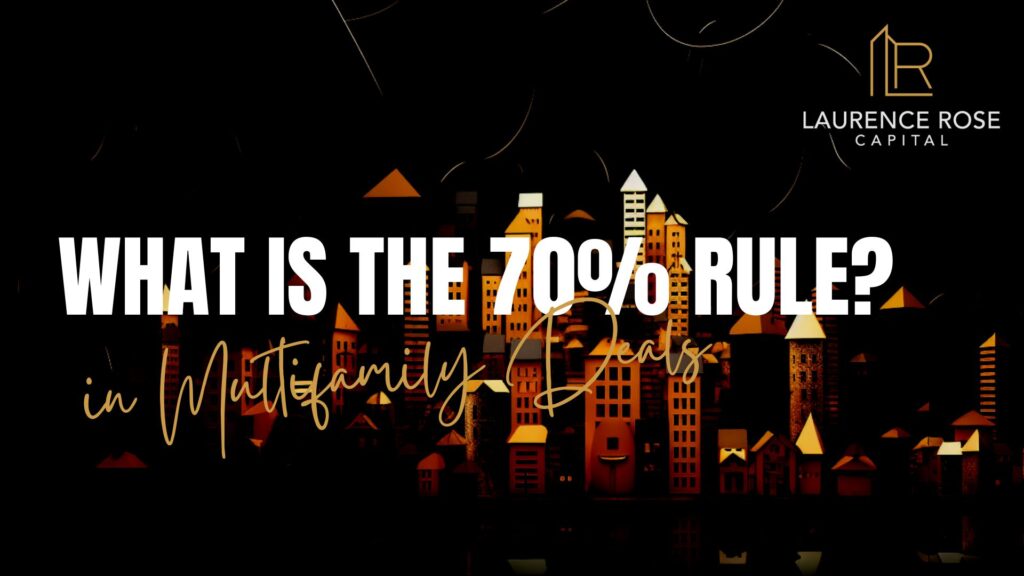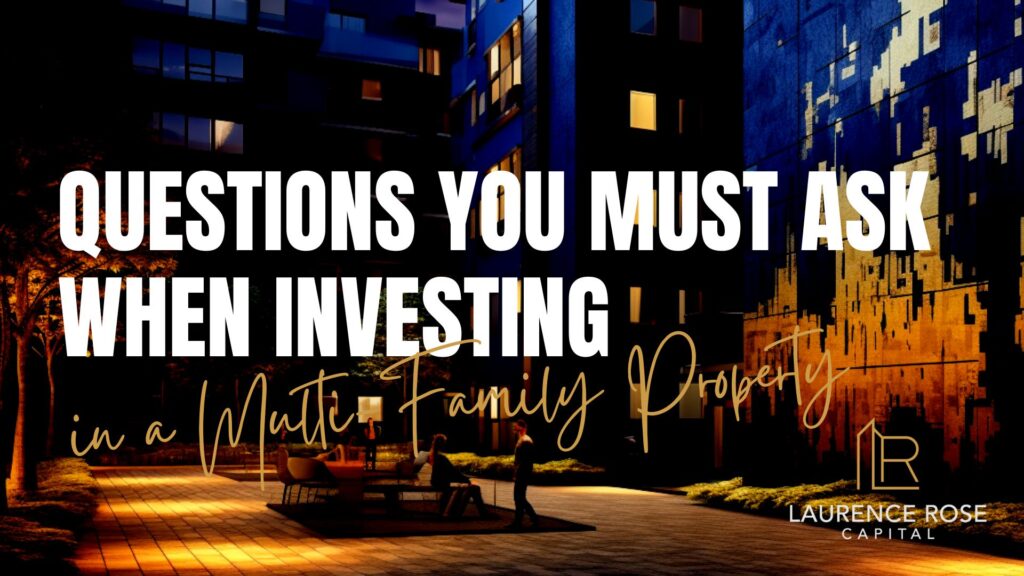Cap Rate in Multifamily:
The capitalization rate, commonly known as cap rate, is a crucial financial metric used in real estate to evaluate the potential profitability of an investment property, including multifamily properties. It is expressed as a percentage and is calculated by dividing the property’s net operating income (NOI) by its current market value or acquisition cost.
Cap Rate = Net Operating Income (NOI) / Current Market Value
The net operating income (NOI) represents the property’s total income from operations after deducting operating expenses but before accounting for mortgage payments, income taxes, and other non-operational expenses.
Good Cap Rate in Multifamily:
A “good” cap rate in multifamily real estate is subjective and depends on various factors such as location, local market conditions, property type, and the investor’s specific investment goals and risk tolerance. Generally, a higher cap rate is perceived as more favorable because it implies a higher return on investment relative to the property’s value.
In some markets, a cap rate of around 5% to 7% may be considered good, while in other markets with higher risks or potential for greater returns, a cap rate of 8% or more may be attractive. However, it’s essential to remember that cap rate alone does not provide a comprehensive view of an investment’s viability. Other factors like the property’s condition, location, rental demand, and future growth prospects should also be taken into account when evaluating a potential multifamily investment.
Additionally, cap rates can vary over time and across different economic cycles, so what is considered a good cap rate in one market or time period may not hold true in another. Investors should use cap rate as just one of several tools to assess the investment potential of a multifamily property and conduct comprehensive due diligence to make well-informed decisions.







